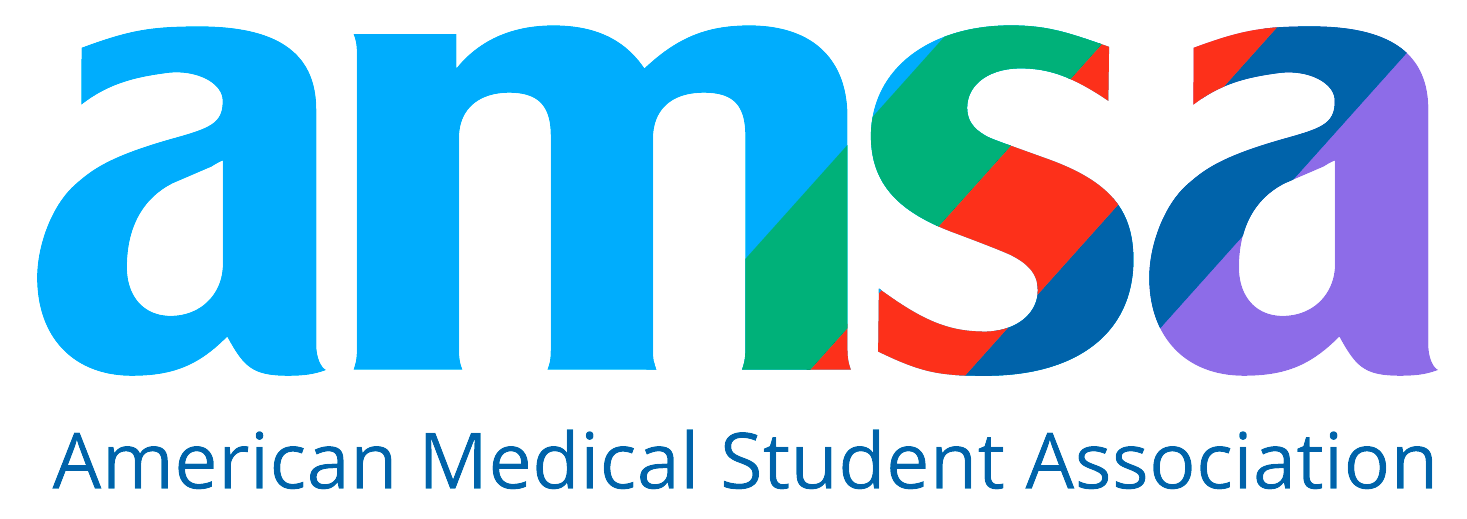Insider Tips for Getting Into Stanford Medical School
Go-Elective Abroad
Insider Tips for Getting Into Stanford Medical School
Stanford University School of Medicine is one of the most prestigious and competitive medical schools in the world. Consistently ranked among the top three U.S. medical schools, alongside Harvard and Johns Hopkins, Stanford stands out for its groundbreaking research, innovative curriculum, and emphasis on academic excellence combined with real-world clinical impact.
If you're dreaming of becoming a physician and aiming for Stanford, this guide covers everything you need to know about admission requirements, GPA and MCAT expectations, unique features of the program, and how to stand out as an applicant.
Why Stanford Medical School Stands Out
Stanford’s medical program isn’t just elite—it’s a global leader in research and innovation. The school is home to:
- Multiple Nobel Prize–winning faculty
- MacArthur Foundation “Genius Grant” recipients
- Leading members of the National Academy of Sciences
Its flipped-classroom model, focus on critical thinking over memorization, and integration of clinical experience through Stanford Health Care and Lucile Packard Children’s Hospital make it a uniquely rigorous and forward-thinking environment.
Stanford is also ranked #1 in several research domains, including:
- Genetics and Genomics
- Bioinformatics
- Biochemistry and Structural Biology
- Neuroscience and Neurobiology
This research-centric identity significantly shapes the profile of the ideal Stanford applicant.
How Competitive Is Stanford Med School?
Stanford’s acceptance rate is among the lowest of any U.S. medical school. In recent years:
- Applicants: 7,500+
- Interviews Offered: ~500
- Acceptance Rate: 1.2% in 2019 (down from 2.4% in 2016)
By comparison, Harvard’s acceptance rate is around 3.5%, and Johns Hopkins hovers near 4.5%. The bottom line: Stanford is exceptionally selective, and applicants must bring more than strong test scores to the table.
Stanford Medical School Admissions Requirements
Basic Criteria:
- MCAT within 4 years of matriculation
- A completed bachelor’s degree from an accredited institution
- One year of study at a U.S., Canadian, or UK institution if applying from abroad
Recommended Competency Areas:
Rather than strict prerequisite courses, Stanford emphasizes competencies in:
- Biology (including cell biology and evolution)
- Chemistry and Physics as applied to living systems
- Mathematics and Statistics for data analysis
- Behavioral and Social Sciences
- Written and Oral Communication
Hands-on laboratory experience and the ability to critically evaluate scientific literature are strongly encouraged.
What Does a Competitive Stanford Applicant Look Like?
Academic Profile:
- Average GPA: 3.93
- Average MCAT: 520 (98th percentile)
Students from non-STEM backgrounds sometimes post higher GPAs than engineering or hard science majors, but all applicants must demonstrate strong analytical and quantitative reasoning skills.
Research Experience:
Stanford heavily favors applicants with significant research backgrounds. Many admitted students:
- Conducted independent research
- Published in peer-reviewed journals
- Presented at national conferences
Applicants with peer-reviewed publications—especially as first authors—stand out. Publishing in journals like JAMA, PNAS, or The Lancet signals a readiness for Stanford’s academic intensity.
Diversity and Global Perspective:
Stanford values diverse perspectives. Students who:
- Speak multiple languages
- Come from underrepresented backgrounds
- Have meaningful international experience
…often bring added depth to the incoming class. Pre-med internships abroad in high-need settings can be powerful assets on your application.
Beyond Academics: What Stanford Looks For
Stanford evaluates candidates holistically. Key non-academic factors include:
-
Communication Skills
Clear, articulate writing and speaking are essential for both research and patient care.
-
Observational and Analytical Thinking
The ability to synthesize patient history or interpret lab data is crucial.
-
Emotional Intelligence and Maturity
Stanford looks for students with high EQ—team players who show empathy, humility, and resilience.
-
Professionalism and Ethics
You must demonstrate a strong ethical foundation, academic integrity, and an understanding of medical responsibility.
-
Physical and Mental Endurance
Med school is demanding. The ability to manage stress, long hours, and clinical intensity is essential.
Application Process and Deadlines
Stanford participates in the AMCAS application system. Key dates:
- Primary Application Deadline: October 1
- Secondary Essays Due: October 21
Pro Tip: Complete and submit your AMCAS application in June or July. Early applicants stand a better chance of being invited to interview.
Letters of Recommendation and Secondary Essays
Letters:
- Minimum of 3, maximum of 6 letters
- Best letters come from both faculty and supervisors in research or clinical roles
- Submit through AMCAS using official letterhead
Essays:
- One primary essay (~2,000 characters): Share your journey and what shaped your path into medicine
- Two secondary essays (~1,000 characters each): Focus on your career goals and unique perspectives
Highlight your intellectual curiosity, personal resilience, and commitment to healthcare innovation. Flawless grammar and authentic storytelling are a must.
Stanford Medical School Interviews
Stanford uses the Multiple Mini Interview (MMI) format. This means:
- Multiple short stations
- Ethics and decision-making scenarios
- Focus on critical thinking, not rote knowledge
To prepare:
- Practice situational judgment
- Reflect on personal values and healthcare challenges
- Stay informed on current medical issues
MMIs test how you think, not just what you know. Interviewers are looking for future innovators and compassionate clinicians.
Final Tips: How to Maximize Your Chances
- Start early: Build your academic and clinical profile in undergrad
- Get published: Research experience is a huge differentiator at Stanford
- Develop a global perspective: Programs like Go Elective’s pre-med internships in East Africa can help demonstrate cultural competence and adaptability
- Practice storytelling: Your essays and interviews should reveal purpose, passion, and personal growth
- Don’t overlook EQ: Stanford values empathy, collaboration, and maturity just as much as GPA
Conclusion: Is Stanford Medical School Right for You?
If you’re a driven student with a passion for research, a global mindset, and a desire to lead in healthcare innovation, Stanford is one of the best places you can train. It’s not just about top MCAT scores or grades—Stanford is seeking future leaders who will challenge convention and push the boundaries of medicine.
Ready to strengthen your application with immersive clinical experience? Consider joining a pre-med internship with Go Elective to build your resume, gain confidence, and prepare for elite programs like Stanford.
Article Details
Categories
Recent Articles , Pre-health, Medical Electives,
Author: Go-Elective Abroad
Date Published: Jun 16, 2025
Travel with us.
Inquire Today!
Go Elective offers immersive opportunities for medical students, pre-med undergraduates, residents, nursing practitioners, and PAs to gain guided invaluable experience in busy hospitals abroad. Discover the power of study, travel, and impact.






